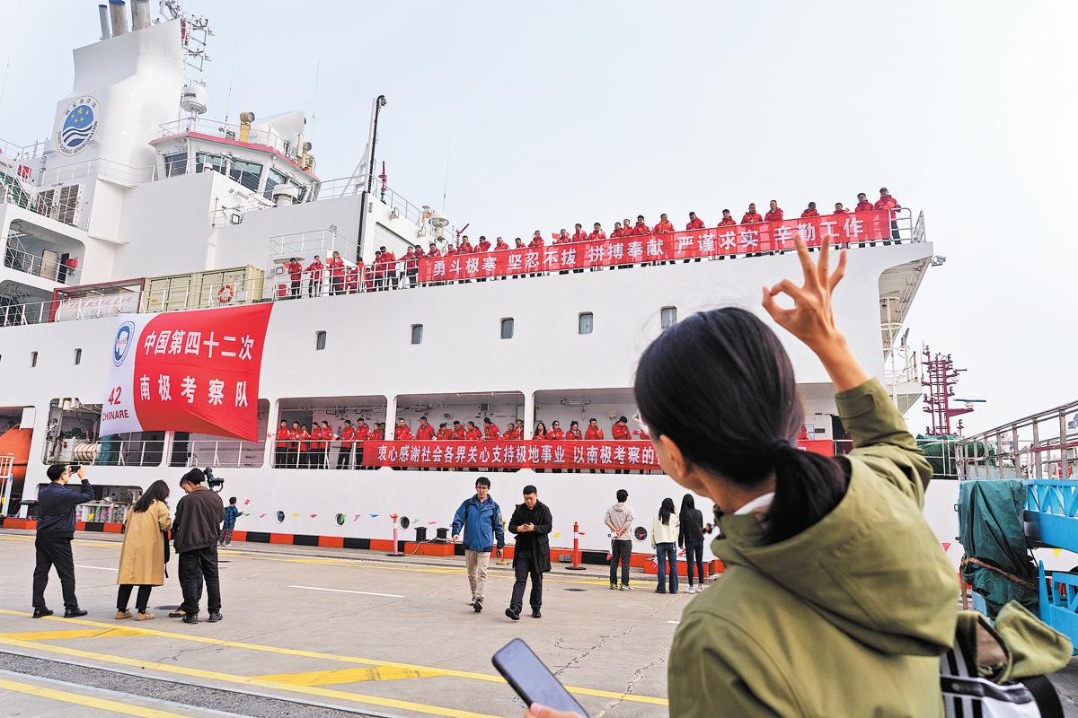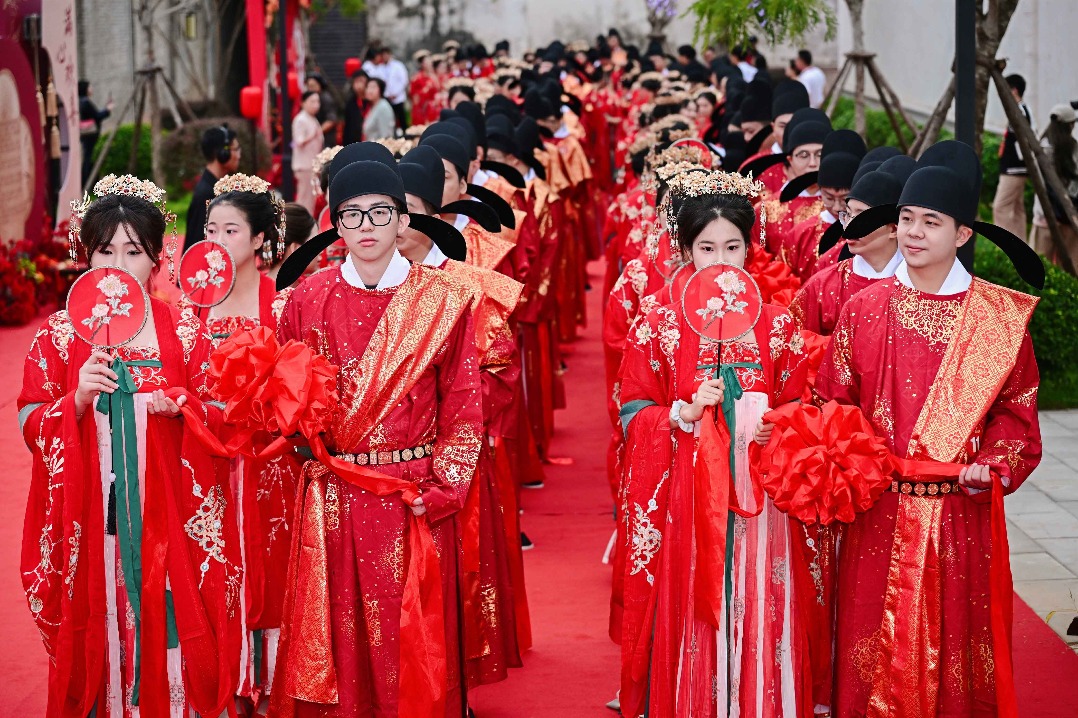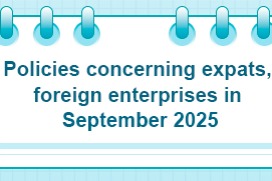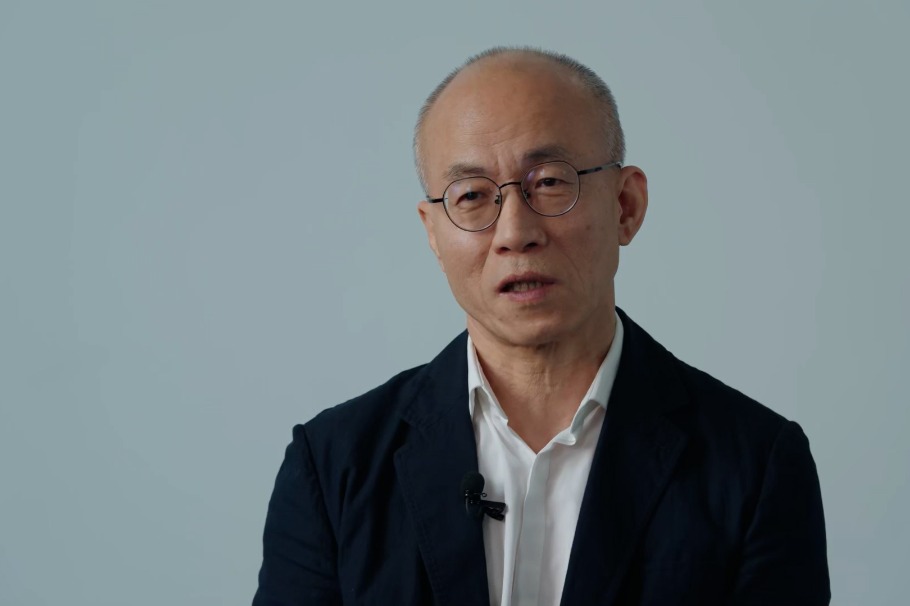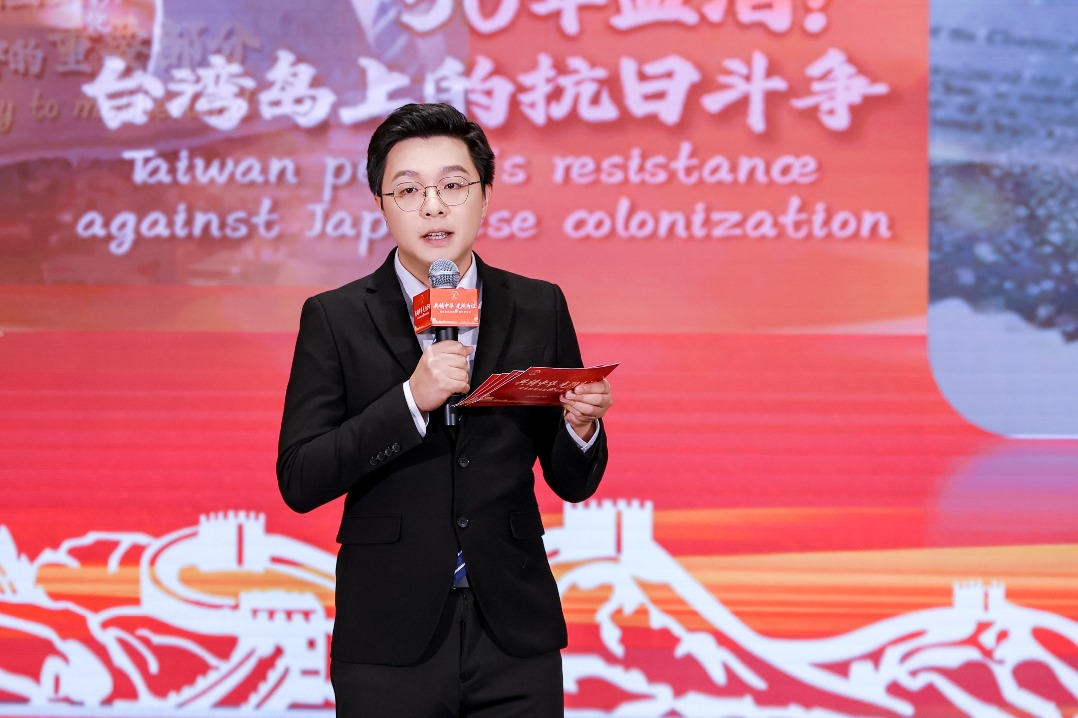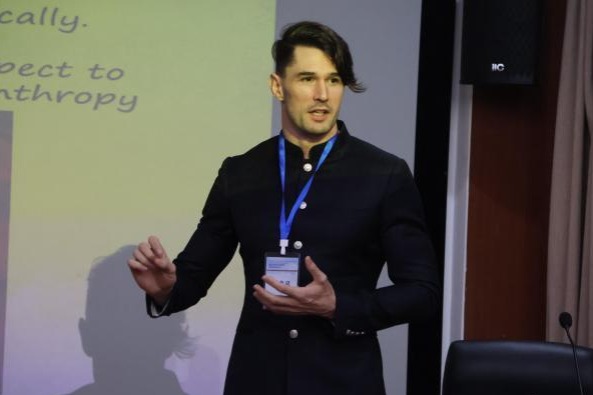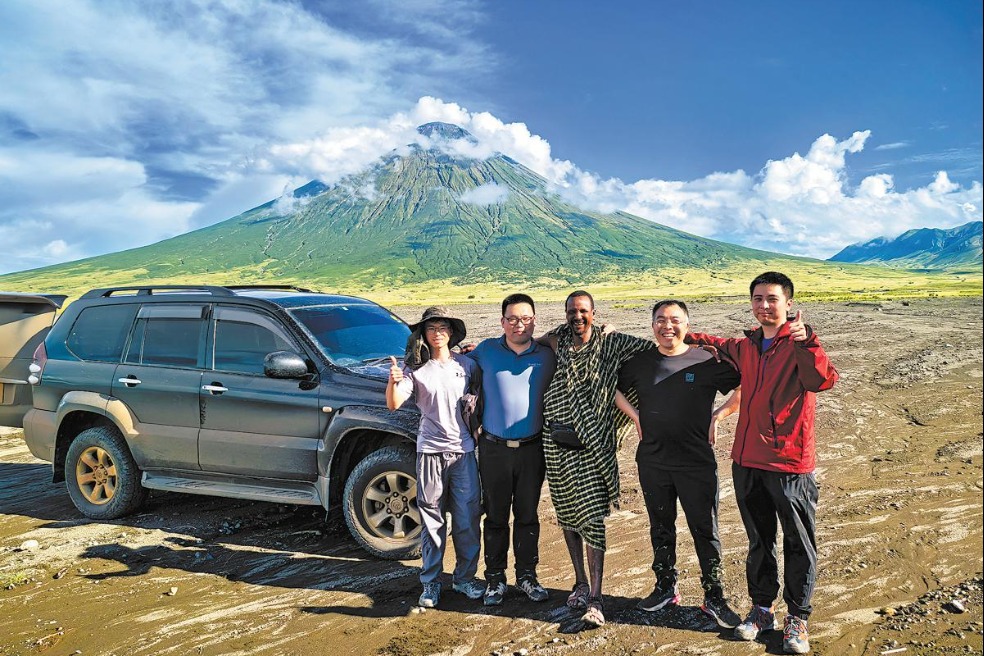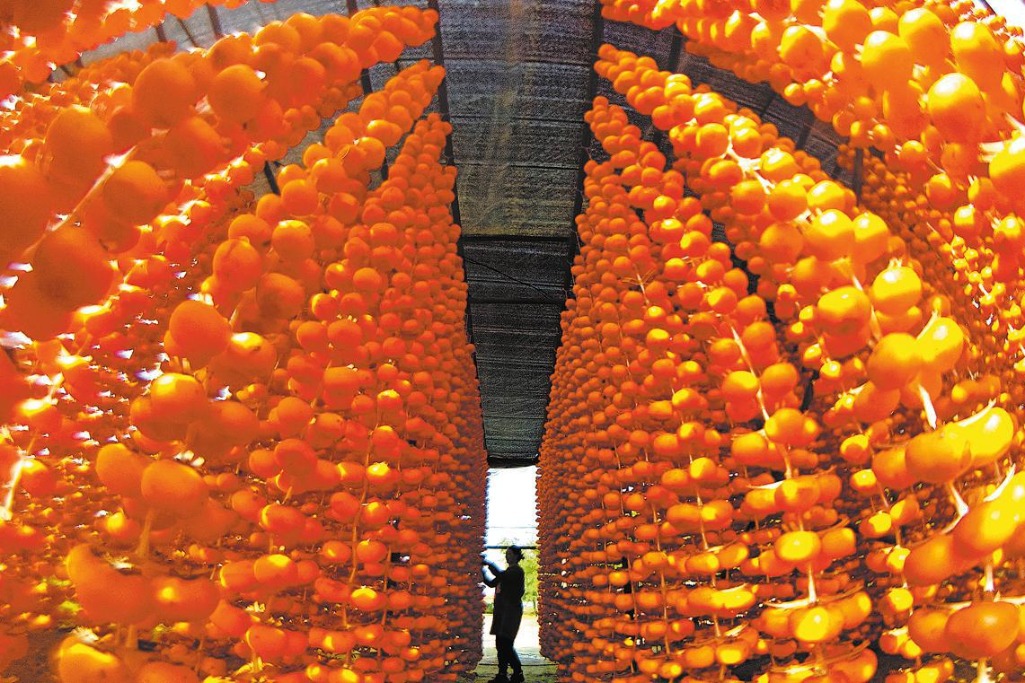Rural land revitalization drives industry growth

By promoting rural, collectively owned land, Yujiang district in Yingtan, Jiangxi province, is providing a new approach to integrated urban-rural development.
Established in 2022, the first phase of the district's integrated urban-rural development demonstration zone focuses on precision manufacturing and auto parts industries and hosts 12 companies.
The zone covers 7.63 hectares of land, with 6.3 hectares from Qianjin village in Jinjiang town and about 1.33 hectares from Guilin village in Huangxi town, according to Xu Liang, deputy town chief of Jinjiang.
"By allocating rural, collectively owned land that can be used for industrial development, fragmented land resources have been revitalized, alleviating land scarcity," Xu said.
He added that the initiative addresses the "small, scattered and disorganized" layout of small and medium-sized enterprises, enabling clustered industrial development. Standardized factory buildings meet requirements for fire safety and environmental protection, lowering entry barriers and providing businesses with a platform for growth.
The zone's output value was 21 million yuan ($2.93 million) in 2022. In the first half of this year, it reached 98 million yuan, Xu said.
Yingtan Huahe Precision Manufacturing Co, headquartered in Dongguan, Guangdong province, began operations in the zone in August 2022, producing automotive parts and accessories.
"As China's new energy vehicle industry develops, our previous production capacity can't meet market demand, and we need to expand," said Gong Yangyang, the company's general manager.
The company's facility in the zone covers about 10,000 square meters, with rent about one-third of what it would have cost in Shenzhen, Gong said. Yingtan's position as a copper production hub also makes it convenient for sourcing raw materials.
The zone has not only benefited enterprises but has also increased farmers' incomes. So far, it has employed more than 500 local residents, paying them a combined 30 million yuan per year, Xu said.
Lin Dongming, a resident of Qianjin, previously worked in Dongguan as an equipment maintenance worker.
"I now earn 8,000 yuan a month," Lin said. "In 2018, a business started up near my home, offering similar job opportunities, so I returned. My family can now stay together."
Local residents also profit from dividends. Xu said that after collective land ownership registration was completed, the land was listed publicly by the village collective and acquired by the Yingtan Yujiang Industrial Investment Group Co in 2021.
Qianjin's comprehensive land income reached 8.94 million yuan, while Guilin's was 1.76 million yuan. The funds were invested as shares with the district investment company, with Qianjin holding 8.94 percent of the shares, Guilin 1.76 percent and the investment company 89.3 percent.
Xu said that rather than distributing the proceeds directly to the village collectives, the funds were contributed as shares, turning villagers into small shareholders.
"Qianjin and Guilin's village-level cooperatives receive dividends based on their shareholding ratio. The two village committees receive 690,000 yuan annually," Xu said.
Chen Libin, Party secretary of Qianjin, said the Dongjia group's land in the village was put on the market, generating annual dividends of 580,000 yuan. About 70 percent of the funds are used for small-scale public welfare projects, such as road construction and water pipe installation, while the remaining 30 percent is distributed to residents, increasing villagers' annual income by about 5,000 yuan on average.
Currently, rural buildable land remains collectively owned by rural collectives in China. As of June, Yujiang has completed 51 land transactions, covering 37.4 hectares, with a transaction value of 54.85 million yuan.
"In education and healthcare, Jinjiang has reached a level comparable to that of cities, and the integration of urban and rural areas is steadily advancing," Xu said.

















